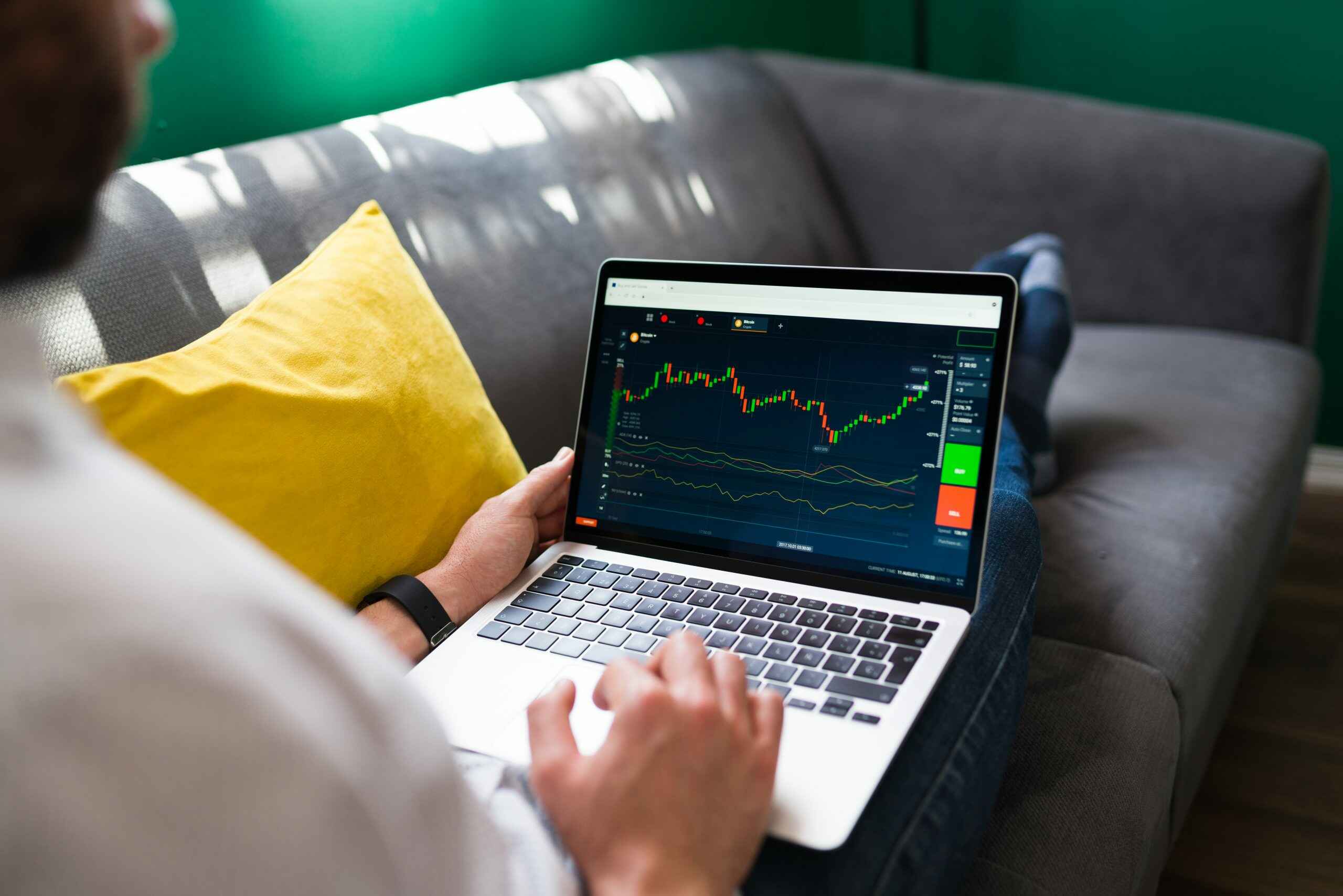Automated trading, often referred to as algorithmic trading or algo trading, has emerged as a revolutionary force in the financial markets. This cutting-edge approach to buying and selling financial assets relies on computer algorithms to execute trades, replacing human decision-making with automated processes. Over the past few decades, automated trading has transformed the landscape of finance, offering significant advantages and challenges to traders, investors, and the markets as a whole.
The Rise of Automated Trading
The origins of automated trading can be traced back to the 1970s when the first computerized systems were used to execute trades. However, it was in the late 20th century and early 21st century that this form of trading truly took off. Advances in computing power, data availability, and sophisticated algorithms have fueled its rapid growth.
One of the primary drivers behind the adoption of automated trading is the potential for speed and precision. Computers can process vast amounts of market data in real-time, identifying opportunities and executing trades at lightning speed. This advantage has led to the development of high-frequency trading (HFT), a subset of automated trading, where trades are executed in microseconds. HFT has become a dominant force in financial markets, accounting for a significant portion of daily trading volume.
Advantages of Automated Trading
Speed and Efficiency: Automated trading systems can execute trades at a pace impossible for humans. This speed minimizes the risk of price slippage and allows traders to capitalize on fleeting opportunities.
Elimination of Emotions: Automated trading eliminates emotional biases and human errors that often plague traditional trading. Algorithms follow predefined rules without succumbing to fear or greed.
Backtesting and Optimization: Traders can backtest their algorithms using historical data to refine their strategies. This allows for data-driven decision-making and optimization.
Diversification: Automated trading systems can simultaneously manage multiple assets, strategies, and portfolios, diversifying risk and enhancing returns.
24/7 Trading: Algorithms can operate around the clock, capitalizing on opportunities in different time zones and reacting to news events as they happen.
Challenges and Risks
While automated trading offers numerous benefits, it also presents challenges and risks that need careful consideration:
Technical Glitches: Automated systems are vulnerable to technical glitches, software bugs, and connectivity issues. A malfunctioning algorithm can result in significant financial losses.
Market Volatility: Rapid market fluctuations can trigger cascading effects, leading to “flash crashes” where prices plummet within seconds. Algorithmic trading can exacerbate such events.
Regulatory Scrutiny: Regulators closely monitor automated trading to ensure market stability and fairness. Compliance with evolving regulations is essential for traders.
Over-Optimization: Excessive optimization based on historical data can lead to “overfitting,” where an algorithm performs well in the past but poorly in live markets.
Lack of Human Judgment: Algorithms can’t adapt to unforeseen events or exercise human judgment. They may struggle in situations requiring subjective analysis.
The Future of Automated Trading
As technology continues to advance, the future of automated trading looks promising. Machine learning and artificial intelligence are being integrated into trading algorithms, allowing systems to adapt and learn from market conditions. Additionally, the growth of decentralized finance (DeFi) and cryptocurrency markets has created new opportunities for automated trading strategies.
In conclusion, automated trading has revolutionized the financial markets, offering unprecedented speed, efficiency, and precision. While it comes with its own set of challenges and risks, it is likely to remain a dominant force in finance. Traders and investors must stay abreast of technological advancements and regulatory changes to harness the full potential of automated trading while mitigating its inherent risks. As the financial landscape continues to evolve, automated trading will continue to play a pivotal role in shaping its future.

+ There are no comments
Add yours